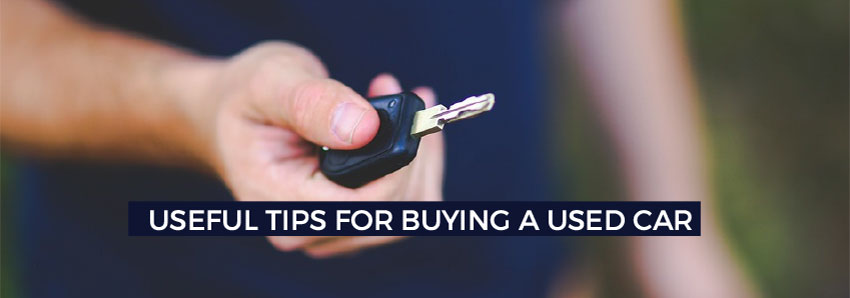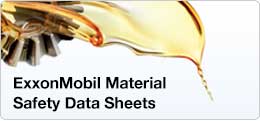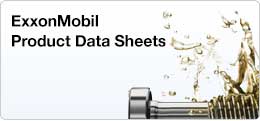Useful tips for buying a used car
 Useful tips for buying a used car
Useful tips for buying a used car
The second-hand car segment catches the attention of many people who are looking for a car, be it their first car or not. The main reason why many people opt for this option is the more affordable price. This is not the safest option because a used car may have major defects, often hardly visible at a first inspection.
There are some essential aspects that may indicate the technical condition of a second-hand car that should be considered before making any decision.
You can check them by using the list below:
- The existence of a service book that is regularly filled in
- The number of previous owners
- The VIN number on the body corresponds to that in the instructions book
- The date of the last periodical technical inspection
How to check the real kilometers of a car?
Another very important aspect is checking the number of kilometers. Pay great attention to "cars merchants" and check twice the ACTUAL number of kilometers of a car before buying it.
On average (and depending on its use), in Romania, a car runs about 12,000 - 15,000 km / year, so a simple calculation can determine an estimate of the number of kilometers depending on the car’s age. For example, a car older than 10 years, but with less than 100,000 kilometers covered should raise some questions.
Among other elements that can indicate the actual number of kilometers (as the wear of the steering wheel or of a seat belt), the safest way to check this is by checking the car in a workshop.
Checking the body - more than a glance
Many buyers just take a glance when it comes to the inspection of the body, but most often it is not enough. Check of there are areas with bubbles or paint waves. They may indicate that the car has been repainted.
Besides the possible defects of the body that are visible more easily, there are some elements that should get your attention when inspecting a car. These are:
- Repairs history - depending on how many repairs a car was subjected to, you can tell if you will have to invest in the car or not. Ask for details and doubt any owner who says that the car has not undergone repairs over time.
- Engine oil - it is essential to know the last time the oil was changed. This is easy to do if there is a service book filled in regularly and correctly.
- Distribution kit - ask about the last time it was changed and ask for the invoice or other documents proving it. The timing belt is a component that wears out more often and may indicate major problems of the entire engine.
- Electrical part - most cars on sale today have a lot of electrical components. Make sure they are working properly and that there are no potential unnecessary battery consumers.
- Status of the exhaust system - check for unusual sounds and if there is smoke coming out from the muffler.
- Tires wear - a used car does not have to have new tires, but their condition can give you some clues as to the driving conditions and the wear to which the car has already been subjected.
- Car behavior while driving - the best test is the one done by you. A test drive will help you see how the car behaves, if there are any abnormal sounds, if the pedals operate normally and many more. Even if you are not an experienced driver, ask a close friend to accompany you, but do not make a decision without driving the car.
Also, to make sure that your car consumes less fuel, see which are the healthiest habits for an optimal consumption of your car.
Used cars are, in the opinion of most drivers, better investments than new cars. Even so, there is the risk of losing a lot of money if you do not give enough attention to details when making a deal with the seller. To make sure that you are about to buy a high-quality car with a fuel consumption as low as possible and which is not prone to serious malfunctions, pay attention to the elements presented above.







